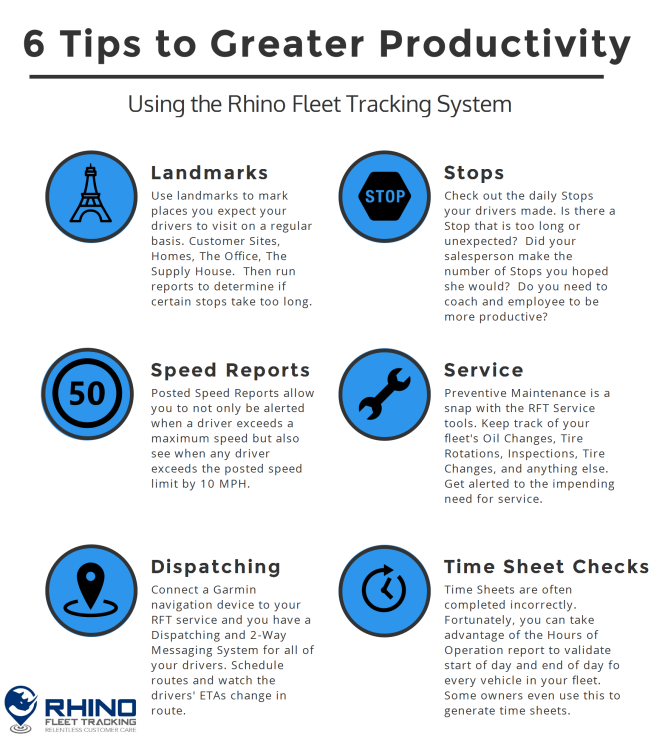

Tracking maintenance records for your company fleet is essential for ensuring smooth operations, minimizing downtime, and maximizing the lifespan of your vehicles. A well-managed maintenance log allows businesses to proactively address potential issues before they escalate, ultimately reducing repair costs and improving overall fleet efficiency. This comprehensive guide will delve into best practices for effective fleet maintenance record tracking, providing actionable steps and strategies to help you optimize your processes. We’ll explore different methods, software solutions, and crucial insights to help you understand the nuances of a well-structured maintenance record system. This article will cover a variety of topics, from choosing the right tools to analyzing maintenance data and taking proactive steps to prevent problems.
Understanding the Importance of Effective Fleet Maintenance Record Tracking
The Root Cause of Ineffective Maintenance
Ineffective maintenance record tracking can lead to a multitude of issues, including increased repair costs, unforeseen breakdowns, and safety hazards. Poorly documented maintenance activities make it difficult to identify patterns, track the history of each vehicle, and predict future maintenance needs. This, in turn, can negatively impact operational efficiency and fleet profitability. Without proper records, you may spend more on reactive maintenance rather than preventive measures, leading to significant financial losses and productivity setbacks. Many businesses face challenges in aligning their maintenance processes with their overall business objectives, often due to scattered records, outdated systems, or a lack of standardized procedures. In fact, a recent survey by the National Fleet Management Association revealed that companies with comprehensive maintenance record systems experience 20% lower repair costs and 15% fewer breakdowns. Proper tracking empowers proactive maintenance strategies.
Establishing a Robust Tracking System
To establish a robust tracking system, consider implementing a centralized database to manage all maintenance records. This system should include detailed descriptions of maintenance activities, dates of service, parts replaced, costs incurred, and technician information. Digital tools are essential in managing this data effectively, saving time and preventing errors that occur with manual systems. Data integrity is critical to analyzing trends and predicting future maintenance needs.
Choosing the Right Tools and Technologies
Implementing Digital Maintenance Management Systems
Leveraging digital maintenance management systems can revolutionize how you track maintenance records. These systems offer centralized storage for all documentation, facilitating easy access and analysis of data. Moreover, automated reminders for scheduled maintenance can help reduce the risk of overlooked tasks. Fleet management software, a specialized type of maintenance management software, offers tailored features, allowing you to visualize maintenance histories, schedule inspections, and track repair costs more effectively. This automated approach to tracking leads to improved efficiency and accuracy, preventing costly errors associated with manual record-keeping.
Analyzing and Interpreting Maintenance Data
Analyzing historical maintenance data is crucial for identifying trends and patterns. This analysis allows you to proactively address potential maintenance issues and schedule preventative maintenance, ultimately leading to reduced repair costs and increased vehicle lifespan. Software applications often provide tools for visualizing maintenance data through dashboards, graphs, and reports, providing clear insights into vehicle performance and maintenance needs.
Implementing Best Practices and Procedures
Establishing Standardized Maintenance Procedures
Establishing standardized maintenance procedures, documenting them clearly, and making them easily accessible to all relevant personnel is essential. These procedures should include the types of maintenance, required tools, time estimates, and safety protocols. This uniformity reduces errors and ensures consistent quality maintenance across the fleet. Detailed procedure manuals or digital guidelines are vital for maintaining consistency across various maintenance stages.
Training Employees on Proper Procedures
Training employees on the proper procedures for recording maintenance activities is equally important. Ensuring employees understand how to accurately complete maintenance records, the importance of consistent documentation, and the use of the chosen software or system is crucial. Well-trained employees lead to reliable and comprehensive maintenance records, contributing significantly to the overall success of your maintenance strategy.
Utilizing Data Analysis for Proactive Maintenance
Identifying Trends and Patterns
Analyzing historical maintenance data allows you to identify trends and patterns in vehicle maintenance needs. For instance, if certain components are failing frequently on specific vehicles, you can implement preventative measures to avoid costly repairs. This proactive approach can significantly reduce downtime and maintenance expenses. Through data analysis, you can discover recurring issues and implement targeted solutions, resulting in optimized maintenance strategies.
Predicting Future Maintenance Needs
Using data analysis, you can also predict future maintenance needs, such as scheduled repairs or replacements. This enables you to schedule maintenance proactively and minimize disruptions to your fleet operations. Proactive maintenance scheduling avoids unexpected breakdowns and improves vehicle uptime, thus optimizing your operational efficiency.
Integrating Tracking Systems with Your Existing Infrastructure
Seamless Integration with Existing Fleet Management Systems
Integrating your maintenance record tracking system with existing fleet management systems ensures that information flows smoothly between different departments. This integration streamlines workflows and reduces the risk of data silos, improving overall operational efficiency. By connecting data across systems, you can gain a holistic view of your fleet performance, identifying potential areas for optimization.
Customizing Your System to Your Specific Needs
Customizing your tracking system to fit your specific fleet maintenance needs is crucial. For instance, consider the unique operational requirements of different vehicle types or specializations, including their unique maintenance needs. Adapting the tracking system to fit your specific circumstances ensures you’re gaining the most valuable insights from your maintenance records.
In conclusion, effectively tracking maintenance records for your company fleet is crucial for optimizing operations, minimizing downtime, and ensuring vehicle longevity. By implementing a robust system and adhering to best practices, you can proactively address potential issues, reduce maintenance costs, and enhance overall fleet efficiency. Consider utilizing cloud-based solutions or specialized fleet management software to streamline the entire process. Schedule a free consultation today to discuss how our team can help you optimize your fleet maintenance processes and achieve maximum ROI.